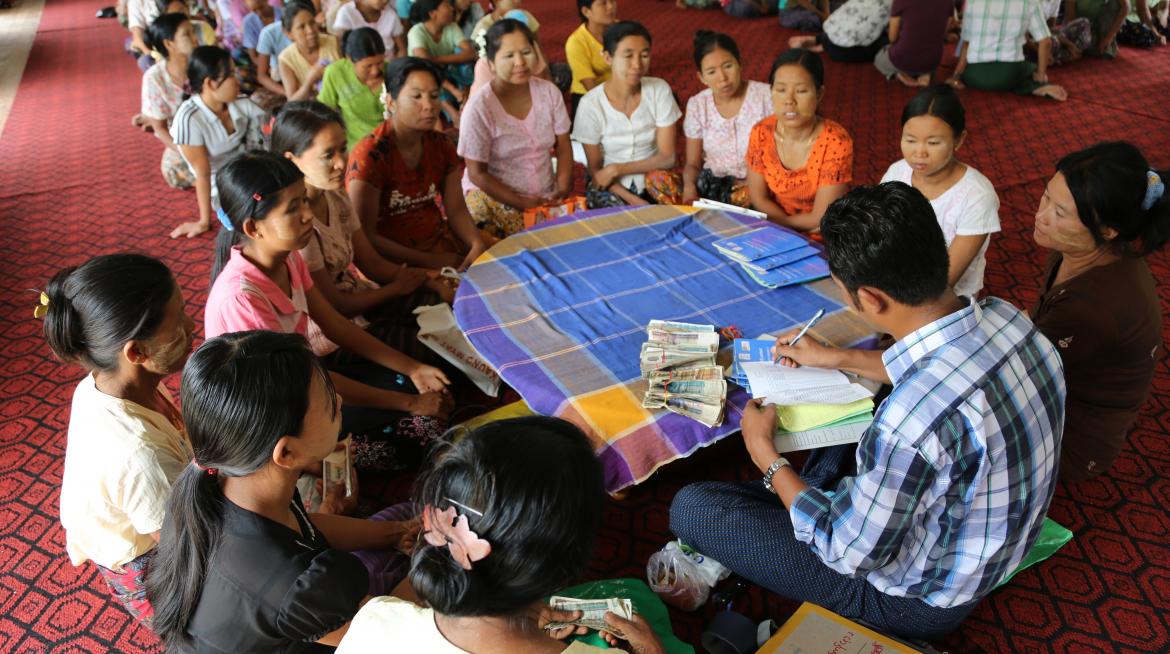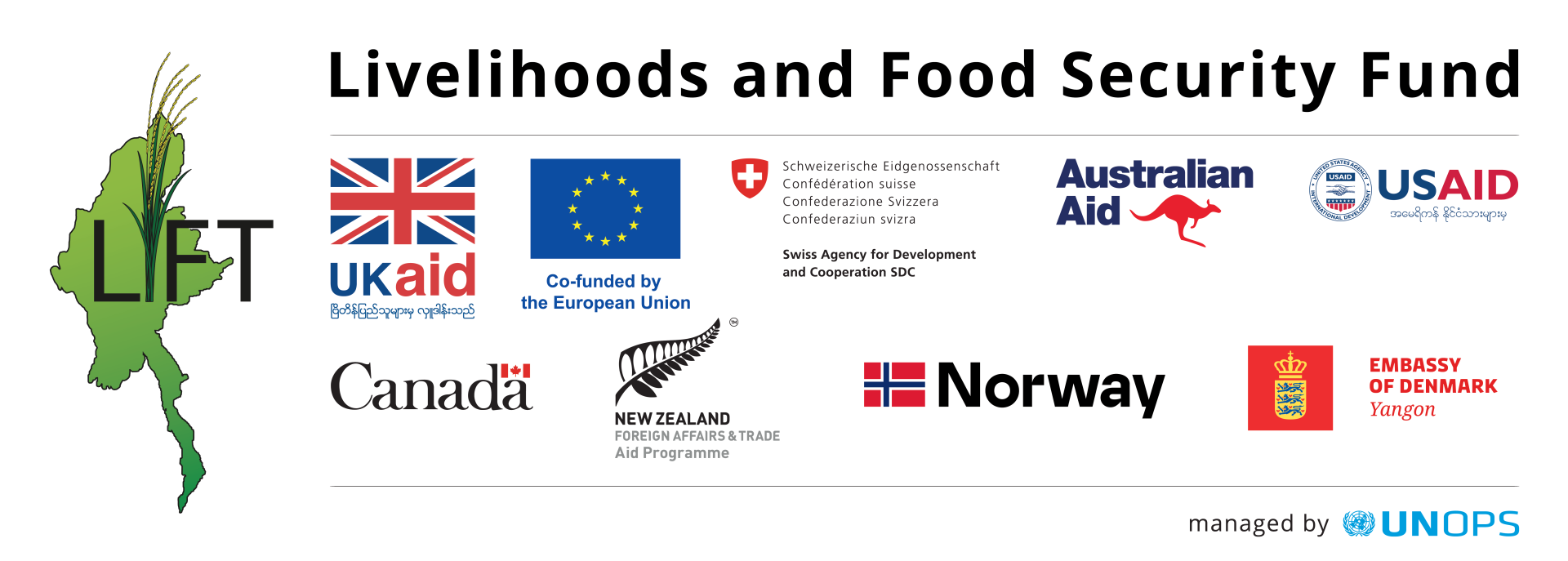
Original Article Available at :
By Marwaan Macan-Markar
- After decades of grinding poverty under successive military dictatorships, Myanmar’s rice farmers have a chance at a better future through rural reforms ushered in by the country’s quasi-civilian government. Microfinance is at the root of it.
The guarantees of small, low-interest loans to this least developed country’s debt-ridden farmers turn a page in the ledger of rural credit, which had virtually dried up within the small agriculture banking system during the 50 years of military rule, forcing farmers to borrow from money lenders at usurious interest rates.
Small loans ranging from 60 to 600 dollars are being offered to the agriculture sector by organisations like the Livelihood and Food Security Trust Fund (LIFT), a Western donor-backed microfinance initiative facilitated by the introduction last November of a microfinance law in Myanmar (also known as Burma).
LIFT donors, including Denmark, the European Community, the Netherlands, New Zealand, Sweden, Switzerland and Britain, contribute to livelihoods and food security for achieving the United Nations Millennium Development Goal of eradicating extreme poverty and hunger.
LIFT has stated strategy of sustainably increasing food availability and incomes of two million targeted beneficiaries.
Small loans, much in need during the current ‘monsoon paddy’ season, are already providing relief to farmers who must spend 100 to 150 dollars to produce one acre of paddy, says Andrew Kirkwood, LIFT’s fund director. “With affordable credit, more farmers will be able to afford to cultivate all of their land.”
“The new microfinance law has raised hopes that poor people will soon be able to get affordable credit, which is one of the keys to reducing poverty in the country,” he told IPS. “Access to credit from recognised lenders is extremely limited in Myanmar.”
The assistance from one of the 50 local and foreign organsiations that have been granted microfinance licences stands in contrast to the meagre options farmers faced during military rule when the only official source of rural credit – the Myanmar Agriculture Development Bank (MADB) – was, till 2010, offering eight dollars per acre to farmers.
With commercial banks in Myanmar banned from giving loans to farmers, the limited offerings of the MADB only catered to about a third of the farming population. The void was filled by the money lenders who charged interest rates as high as 20 percent per month.
A recent United Nations statement says that the promise of these new low-cost loans, with interest capped at 2.5 percent a month, has seen the demand for microcredit in rural areas inch close to 470 million dollars and that this could balloon to an estimated two billion dollars with growing demand for smaller loans.
This small change of fortunes for farmers in the rice-growing stretches such as the Irrawaddy Delta is part of a broader economic agenda that President Thein Sein has been pushing since last year. The reforms include the creation of a rural development and poverty alleviation central committee, whose objectives range from improving agriculture production to providing rural credit.
“The government's commitment to reform has led to the development or the revision of at least 25 new laws since (last year’s) first parliamentary session,” says Jenny Swe Swe Myint, policy coordinator for the Myanmar office of Oxfam, the British development agency. “In March, two land laws, the farmland law and vacant, fallow and virgin management law were approved as part of the land rights reform.”
“These laws would benefit the two-thirds of the population relying on agriculture for their livelihoods,” she said in an IPS interview. “However, there are still major gaps in both laws which could have serious negative impacts on farmers.”
The Thein Sein administration’s strategy is sound. Agriculture accounts for 36 percent of the gross domestic product, employs the majority of the workforce and provides 25 -30 percent of exports by value, according to a new study by the Asian Development Bank.
“The opportunity to expand farm output, both at the extensive margin (more land under cultivation) and the intensive margin (increased productivity) remains enormous,” the Manila-based financial institution revealed in ‘Myanmar in Transition: Opportunities and Challenges’, released in mid-August.
“With its good weather, abundant water resources, and large rural population (about 60 million people) Myanmar could harvest this ‘low hanging fruit’ as a source of growth in the near term and further develop a vibrant export sector in farm products.”
Currently, according to the regional lender, only 18 percent of the country’s total land area of 68 million ha is cultivated and of which 18.5 percent is irrigated for crops ranging from rice, beans, sesame seed to vegetables. Rice coverage dominates the agriculture land, estimated at close to eight million ha.
“The success of the government’s reforms will be tested in the rural areas,” says Sean Turnell, a Myanmar expert at the Sydney-based Macquarie University. “It is so obvious an area of reform and part of that should require strengthening the rural financial sector.”
“The benefits will be profound, given the extent of rural poverty,” the economist who has authored ‘Fiery Dragons: Banks, Moneylenders and Microfinance in Burma’, told IPS. “It is here where the government can really demonstrate that the new economic change is meant to benefit the people and build a broader reform constituency.”


